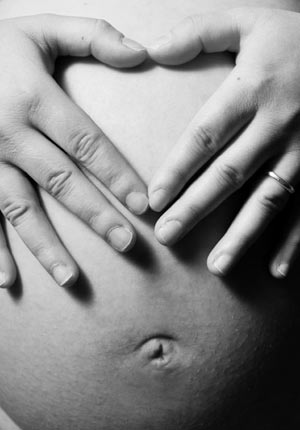In-Vitro Fertilization
How often do I need to come in for treatment if I am preparing for an in-vitro procedure?

If you are coming in for in-vitro preparation, one study recommends treatment twice a week for four weeks up to the day of the transfer, in order to increase the flow of blood to the uterus.
Another study showed that for patients who received acupuncture treatment immediately before and after the in-vitro procedure, clinical pregnancies were documented in 42.5% of the patients in the acupuncture group, whereas pregnancy rate was only 26.3% in the control group.
How can acupuncture & herbs can help throughout the IVF cycle?
- Before (3 months prior to cycle) -- in women, improve egg quality and regulate hormones; in men, improve semen quality & quantity
- During -- increase the number of follicles & improve the quality of the uterine environment by relaxing uterine muscles & thickening uterine lining
- After (once pregnant) -- prevent miscarriages and minimize symptoms common in the first trimester
Chinese medicine is very successful in treating many gynecological disorders that accompany and contribute to infertility, such as:
- irregular menstruation
- amenorrhea
- endometriosis
- uterine fibroids
- metrorrhagia due to anovulation
- PCOS
- abnormal uterus
- unexplained infertility
Source: "Acupuncture & IVF", Lifang Liang, O.MD., Ph.D., L.Ac.
Acupuncture has the following potential fertility-boosting benefits:
- Increase blood flow to the uterus and therefore uterine wall thickness, an important factor for fertility
- Increase endorphin production, which, in turn, promotes the release of gonadotropin-releasing hormone (GnRH) to regulate reproduction
- Lower stress hormones responsible for infertility
- Normalize plasma levels of the fertility hormones: follicle-stimulating hormone (FSH), luteininzing hormone (LH), estradiol (E2), and progesterone
- Normalize the hypothalamic-pituitary-ovarian axis, a key process in fertility
- Combats polycystic ovarian syndrome
Source: "Role of acupuncture in the treatment of female infertility." By Dr. Raymond Chang, Dr. Pak Chung, and Dr.
Zev Rosenwaks. Fertility and Sterility. 2002 Dec;78(6):1149-53.
